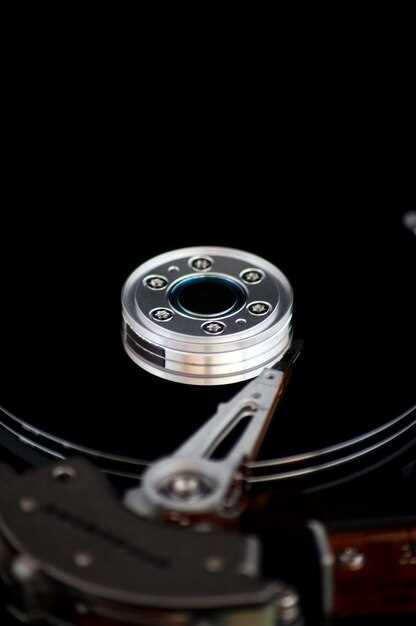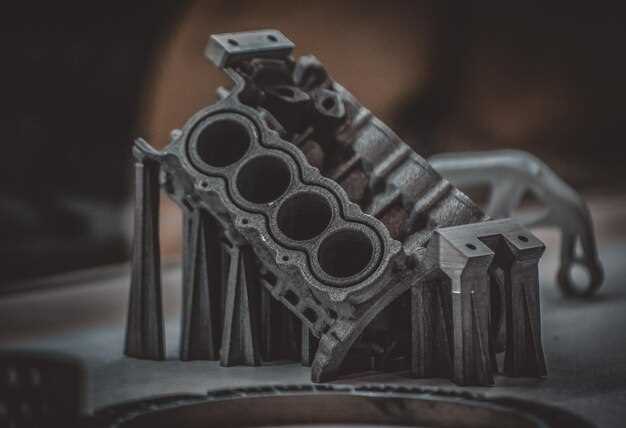
When it comes to classic engine tuning, one of the most critical components to consider is the camshaft. The camshaft profile greatly influences the engine’s performance characteristics, affecting everything from horsepower to torque. A well-chosen camshaft can enhance the driving experience by optimizing engine behavior at various RPM ranges.
Camshaft profiles dictate the timing, duration, and lift of the engine’s valves, which in turn shapes how the engine breathes and produces power. With classic engines, enthusiasts often seek to strike a balance between maintaining originality and achieving improved performance. Tuning the camshaft profile is essential for achieving optimal outcomes, whether for competitive racing or casual driving enjoyment.
Understanding the nuances of different camshaft profiles is vital for anyone engaged in classic engine tuning. Each profile is designed to suit specific performance goals and engine configurations. By grasping these concepts, tuners can make informed decisions that lead to significant enhancements in vehicle performance, while still honoring the heritage and character of classic machinery.
How to Select the Right Camshaft Profile for Performance Goals

Selecting the appropriate camshaft profile is crucial for achieving specific performance goals in classic engine tuning. The camshaft works by controlling the timing and duration of the valves’ opening and closing, which significantly influences the engine’s power delivery and overall performance. To make an informed choice, several key factors must be considered.
1. Engine Type and Specifications: Different engines have unique characteristics, such as displacement, aspiration (naturally aspirated or turbocharged), and intended use (street vs. racing). Understanding your engine’s specifications will help you choose a camshaft profile that complements its design and purpose.
2. Desired Power Band: Define the engine’s operational range where you want to optimize power. A camshaft designed for low-end torque will have a different profile compared to one optimized for high-rev performance. Consider whether your goals lean more towards aggressive acceleration or sustained high-speed output.
3. Lift and Duration: The lift refers to how far the valve is opened, while the duration is the length of time the valve remains open. Generally, higher lift and longer duration increase performance but may sacrifice drivability. It’s essential to strike a balance that suits your driving needs while enhancing performance.
4. Lobe Separation Angle: This measurement affects how the camshaft interacts with the cylinders and their intake/exhaust dynamics. A narrower lobe separation angle can improve torque but may lead to a rough idle. Conversely, a wider angle can smooth out idle and enhance top-end power, ideal for street applications.
5. Intake and Exhaust Configuration: Camshaft profiles may need to be tailored depending on the design of the intake and exhaust system. A free-flowing exhaust and intake setup can allow for more aggressive camshaft profiles, whereas restricted systems may require milder profiles to maintain optimal performance.
6. Supporting Modifications: Ensure other engine components, such as the intake manifold, fuel system, and exhaust, are capable of supporting the performance level you want to achieve. A camshaft profile is often only as effective as the rest of the engine setup allows it to be.
In conclusion, selecting the right camshaft profile is a multi-faceted decision that directly impacts engine performance. By considering the engine specifications, desired power characteristics, lift, duration, lobe separation angle, intake/exhaust configuration, and supporting modifications, you can make a more informed choice that aligns with your performance goals.
Impact of Lift and Duration on Engine Behavior
The lift and duration of a camshaft are critical factors that significantly influence engine performance and tuning characteristics. Lift refers to the vertical movement of the valve from its closed position, while duration measures the length of time the valve is open during one engine cycle. Both parameters play a crucial role in determining how an engine breathes, performs at different RPM ranges, and responds to modifications.
Higher lift allows for greater air and fuel intake into the combustion chamber, improving overall engine efficiency. This increased airflow can lead to higher power output, especially at higher RPMs, making it a common choice in performance tuning. However, excessive lift may necessitate modifications to the valvetrain components to handle the increased stress. Therefore, tuners must carefully balance lift to avoid compromising engine reliability.
Duration affects the time interval during which the valves remain open, impacting the engine’s ability to expel exhaust gases and draw in air-fuel mixtures. Longer duration provides better high-end power, as it allows for more complete exhaust scavenging. However, it can result in reduced low-end torque, making the vehicle less responsive at lower RPMs. This characteristic encourages tuners to select cam profiles that align with the desired driving experience, whether for street usability or racetrack performance.
Overall, the interplay between lift and duration demands careful consideration in engine tuning. Tuners must assess the intended application–whether it’s daily driving, racing, or off-roading–and choose appropriate camshaft profiles accordingly. The right combination can enhance engine behavior, providing an optimal balance between power, torque, and drivability.
Tuning Tips for Optimal Camshaft Installation and Adjustment

When installing a camshaft, precision is essential for achieving optimal performance. Begin by ensuring that the engine is at top dead center (TDC) for cylinder one. This guarantees that the camshaft aligns with the crankshaft correctly. Use a degree wheel to verify the exact timing of the camshaft, allowing for precise adjustments to the valve events.
Another critical factor is to use high-quality camshaft bearings. Proper bearing installation reduces friction and enhances longevity, ensuring efficient operation. When securing the camshaft in place, follow the manufacturer’s torque specifications to prevent any deformation of the components.
Pay attention to the camshaft lift and duration specifications. These parameters greatly affect engine performance across different RPM ranges. Selecting the right camshaft profile should align with the intended use of the vehicle, whether it be for street driving or racing. Analyze how lift and duration will influence horsepower and torque to optimize performance.
For optimal performance, adjust valve clearance after installation. This adjustment ensures that the valves open and close at the correct intervals, minimizing the risk of interference and engine damage. Checking and setting the rocker arm geometry is also crucial for maintaining correct lifter preload, which enables better oil control and enhanced lifter performance.
Finally, consider utilizing tuning software or a dynamometer for fine-tuning. These tools provide invaluable data on engine performance, allowing for precise adjustments to the fuel and ignition timing. Regular testing after modifications can reveal how changes to the camshaft affect overall engine dynamics, leading to continuous improvement.
